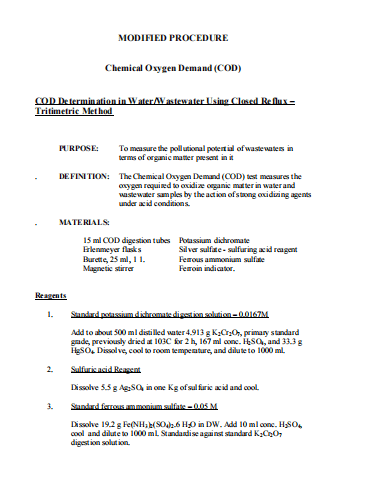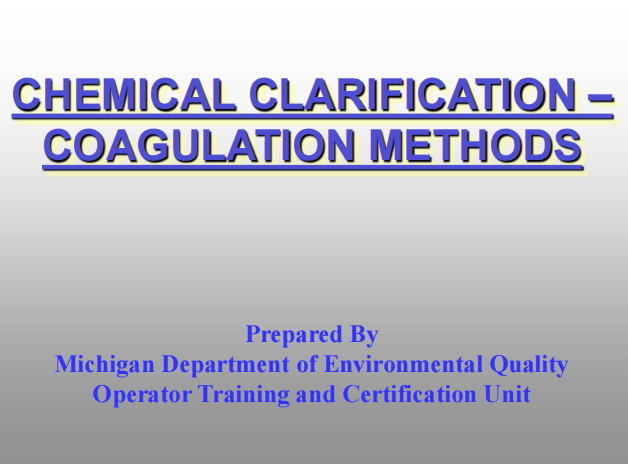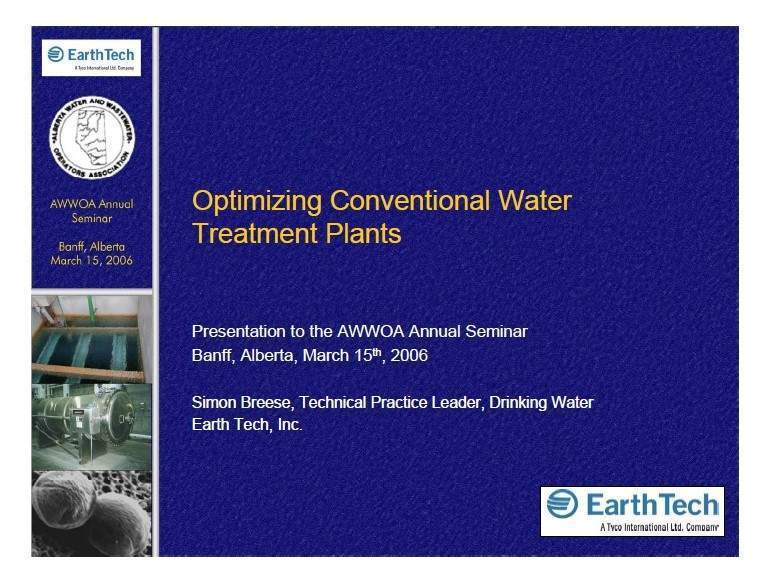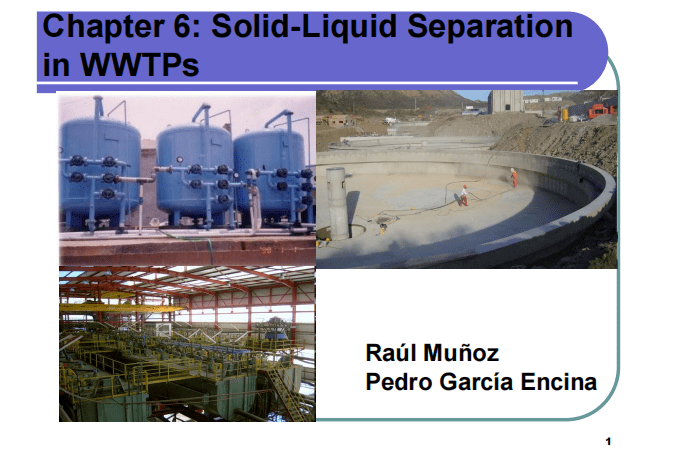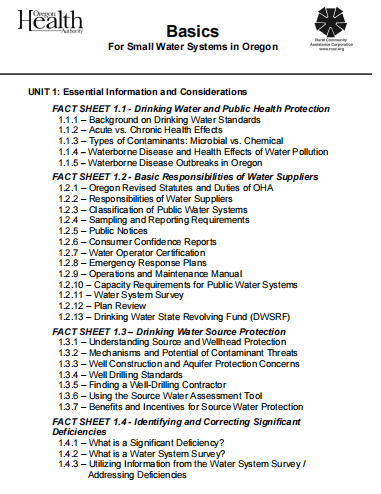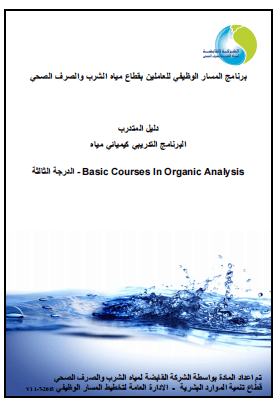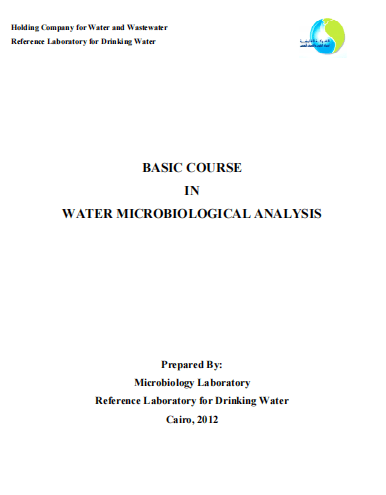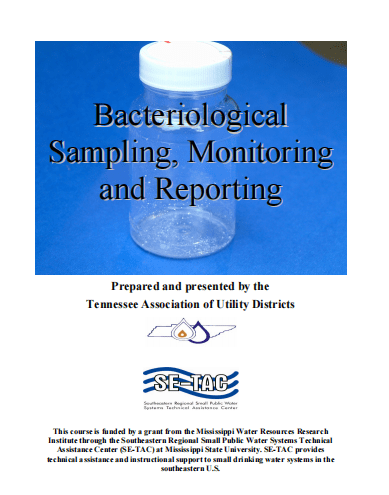Basic Course In Water Microbiological Analysis
Introduction
Microbiology is the science of the invisible world and its effect on other forms of life.
It is the science that deals with the study of all kinds of microorganisms: bacteria, viruses, yeasts, molds, fungi, protozoa, and algae.
The term: microorganism refers to any of the microscopic forms of life found in nature.
Bacteria are found everywhere; in soil, in the air, in every kind of organism, from humans to plants, living or dead.
Single cell, free-living bacteria, is one of the simplest life forms, existing long before human life began.
Without bacteria, our world, as we know it, could not exist for bacteria perform many varied functions.
Decomposition of matter, for example, is a basic bacterial activity, returning to nature materials necessary to the revitalization of the earth
Basic Course In Water Microbiological Analysis
Introduction
Microbiology is the science of the invisible world and its effect on other forms of life.
It is the science that deals with the study of all kinds of microorganisms: bacteria, viruses, yeasts, molds, fungi, protozoa, and algae.
The term: microorganism refers to any of the microscopic forms of life found in nature.
Bacteria are found everywhere; in soil, in the air, in every kind of organism, from humans to plants, living or dead.
Single cell, free-living bacteria, is one of the simplest life forms, existing long before human life began.
Without bacteria, our world, as we know it, could not exist for bacteria perform many varied functions.
Decomposition of matter, for example, is a basic bacterial activity, returning to nature materials necessary to the revitalization of the earth
Bacteriological Sampling, Monitoring And Reporting
Course Description
The course is designed to familiarize the student with the knowledge, necessary skills, and requirements to develop and operate a state certified laboratory for the conduct of routine bacteriological (BACT) tests. The course covers a summary presentation of state regulatory rules governing BACT sampling, monitoring, and reporting. Certain microbiological characteristics of drinking water are also presented in conjunction with a presentation on common waterborne diseases, focusing on the latest pathogenic concerns with Cryptosporidium parvum and Giardia lamblia. Proper BACT sampling procedures are developed in a student participation exercise followed by actual water sampling for BACT using one of the EPA approved presence-absence methods. Test results are read on the second day to provide the required 24 hr
incubation period. EPA approved test methods for BACT are presented in a slide presentation. Students work in teams to develop a BACT Sampling Plan for a hypothetical water system. All requirements for developing a state certified laboratory are presented. The course includes a presentation of cause-effect, control measures, and biological activity reaction tests (BART) for iron bacteria and sulfate reducing bacteria.
Course review is accomplished by a Jeopardy game with the class competing in teams of 3 to 4 student.
Bacteriological Sampling, Monitoring And Reporting
Course Description
The course is designed to familiarize the student with the knowledge, necessary skills, and requirements to develop and operate a state certified laboratory for the conduct of routine bacteriological (BACT) tests. The course covers a summary presentation of state regulatory rules governing BACT sampling, monitoring, and reporting. Certain microbiological characteristics of drinking water are also presented in conjunction with a presentation on common waterborne diseases, focusing on the latest pathogenic concerns with Cryptosporidium parvum and Giardia lamblia. Proper BACT sampling procedures are developed in a student participation exercise followed by actual water sampling for BACT using one of the EPA approved presence-absence methods. Test results are read on the second day to provide the required 24 hr
incubation period. EPA approved test methods for BACT are presented in a slide presentation. Students work in teams to develop a BACT Sampling Plan for a hypothetical water system. All requirements for developing a state certified laboratory are presented. The course includes a presentation of cause-effect, control measures, and biological activity reaction tests (BART) for iron bacteria and sulfate reducing bacteria.
Course review is accomplished by a Jeopardy game with the class competing in teams of 3 to 4 student.


